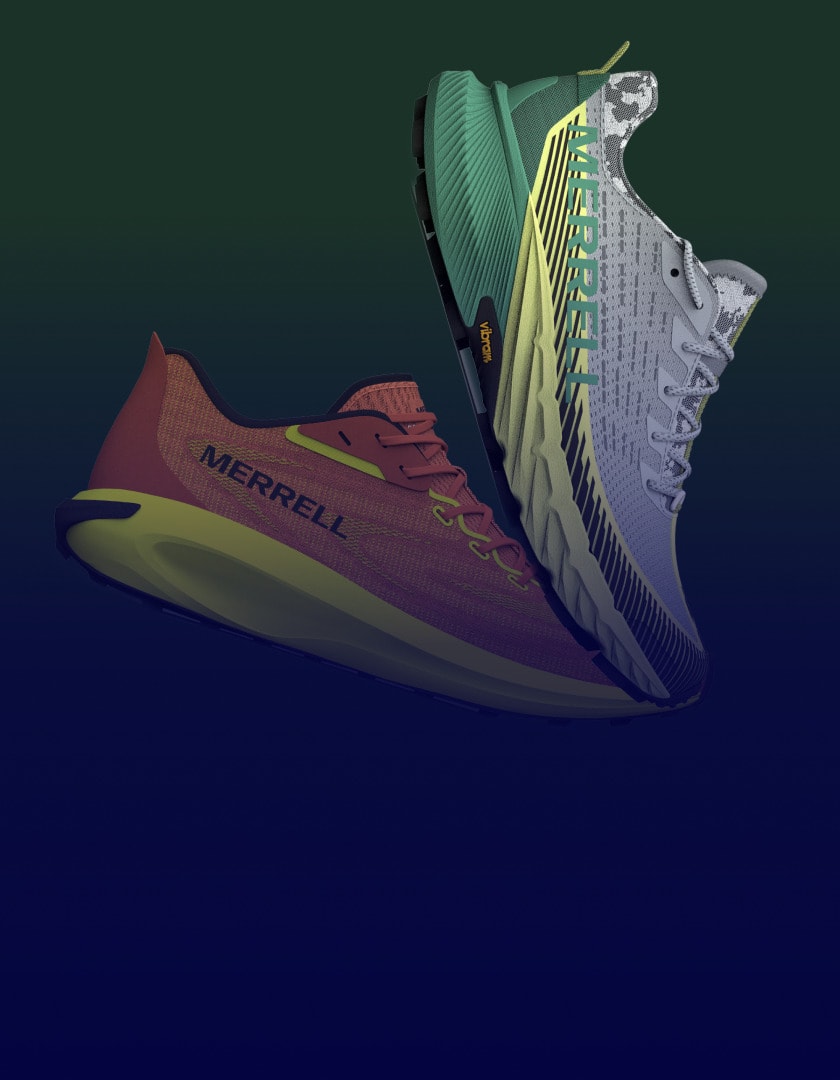Getting Closer to Consumers
According to Mr. Li Jianquan, General Manager of PurCotton, prior to their PLM implementation, products were designed based on the previous experience of their R&D and design teams. Products are now much more inline with market demand, getting PurCotton closer to consumers – especially vital with the popularity of product influencers and e-commerce live streaming. To fully realize smart product go to market, PurCotton has joined hands with Centric Software to build a cross-departmental product development management platform that supports multiple R&D and product ideation models, thereby achieving their goals of a comprehensive digital upgrade and more efficient operations.
Changing the World With 100% Cotton
Having inherited 30 years of expertise in the medical field from parent company Winner Medical, PurCotton’s vision is to “Change the world with 100% cotton”. With an unwavering focus on cotton, the company is involved in the innovative research and development of three core SKUs, namely cotton tissue, wet tissue and sanitary towels. These are spread across seven categories, including cleaning care, pregnancy care, feminine care, clothing and home and living. PurCotton has earned an excellent reputation in the fields of maternal and infantproducts and daily necessities.
Elaborate Plans to Drive Digital Transformation
In 2019, PurCotton set up a “three-step strategy” for digital transformation, starting with central commodity operations and integrating with front-end product development management and back-end supply chain management. To date, the company has completed the first step – building an intelligent commodity management system (IMS) with independent intellectual property rights – and has implemented online business processes in the planning and operation stages. Support from the product planning, design and R&D teams is necessary to completely realize smart commodities management. A market-oriented, collaborative, efficient and open product development management platform was needed, which drove PurCotton to embark on a PLM project.
Professional Reputation Attracts Cooperative Partnership
Having decided to implement their “three-step strategy” with PLM, the next question was, which PLM vendor should PurCotton work with? Mr. Zeng Qinhua, Commodity Director of PurCotton, shared that all the companies he had worked for in the past had chosen to adopt Centric PLM™. Deciding to find out more, he learned that Centric Software had established partnerships with thousands of brands worldwide, including wellknown brands in the industry. Following thorough research into Centric’s reputation, professionalism and product quality, PurCotton decided to partner with Centric Software.

Optimizing Processes to Increase Efficiency
PurCotton had already adopted digitalization in enterprise management to varying degrees, but decentralized systems were insufficient for efficient coordination, quantification and data aggregation, as they made decision-making more difficult. During the implementation process, the Centric team focused on the three goals of “collaborative processes, visualized business and data-based products” and took appropriate measures to target PurCotton’s R&D and operational pain points and actively optimized the aggregation of product data and brand knowledge from eight different databases, thus achieving interconnected data across the value chain to support data-driven decision-making.
The PLM project is an upgrade and optimization of PurCotton’s textile business, enabling us to review the entire process of product research and development, as well as achieve five process reforms and data aggregation from eight product databases.
Mr. Zeng Qinhua described the implementation process during the project launch meeting. “Through the active use of PLM, I believe that launch cycles of new products will be further shortened in the near future, and we will be better equipped to meet the needs of consumers.”
Precision and Practicability
Ms. Zheng Lin from the Commodity Planning Department of PurCotton comments, “By collaborating with the Centric team, we were able to establish a cost-oriented R&D logic that prioritizes materials, patterns, packaging and costs, subverting our original business logic. The implementation of PLM saves us time and material costs, and allows us to continuously amass experience, thus realizing data aggregation throughout the value chain to form PurCotton’s brand DNA.”
Today, thanks to Centric, teams at PurCotton are no longer tied down by cumbersome document management. In the future, they will spend more energy responding to consumer demand and working on product innovation.
New to Centric PLM? Learn more
Centric AI Fashion Inspiration Learn more
What is Centric Planning? Learn more
Demand Planning Learn more
What is Centric Pricing & Inventory? Learn more
What is Centric Market Intelligence? Learn more
Centric Visual Boards Learn more


















